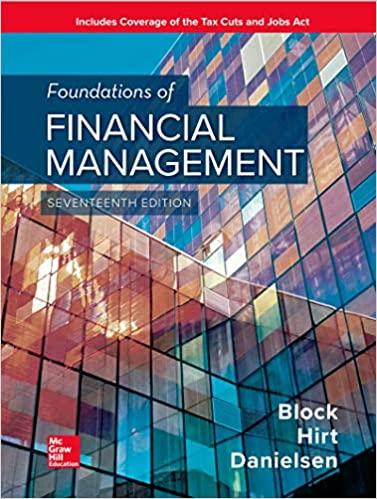Question
voucher value is $3000 The price is $6000 Quantity is 15,000 A) Now note that the supply of education is not likely to be fixed
voucher value is $3000
The price is $6000
Quantity is 15,000
A) Now note that the supply of education is not likely to be fixed in the long run. Given time, schools can add classrooms and teachers. Suppose that the long-run market supply curve is given by Qs = 13 + P/3 Compute the market equilibrium price and quantity in the third year after the voucher proposal passes, as well as the new level of consumer surplus and government expenditure
b)Suppose instead that the long-run education supply curve is given by Qs = 7 + 2P. Compute the third-year-after market equilibrium price, consumer surplus and government expenditure. How and why are your answers different here compared to your answers in (e)? If the state governments goal is to use the voucher program to increase consumer surplus in the market for private education, what market conditions those in part (e) or those in part (f) are likely to make the program a success? Why?
Step by Step Solution
There are 3 Steps involved in it
Step: 1

Get Instant Access to Expert-Tailored Solutions
See step-by-step solutions with expert insights and AI powered tools for academic success
Step: 2

Step: 3

Ace Your Homework with AI
Get the answers you need in no time with our AI-driven, step-by-step assistance
Get Started


